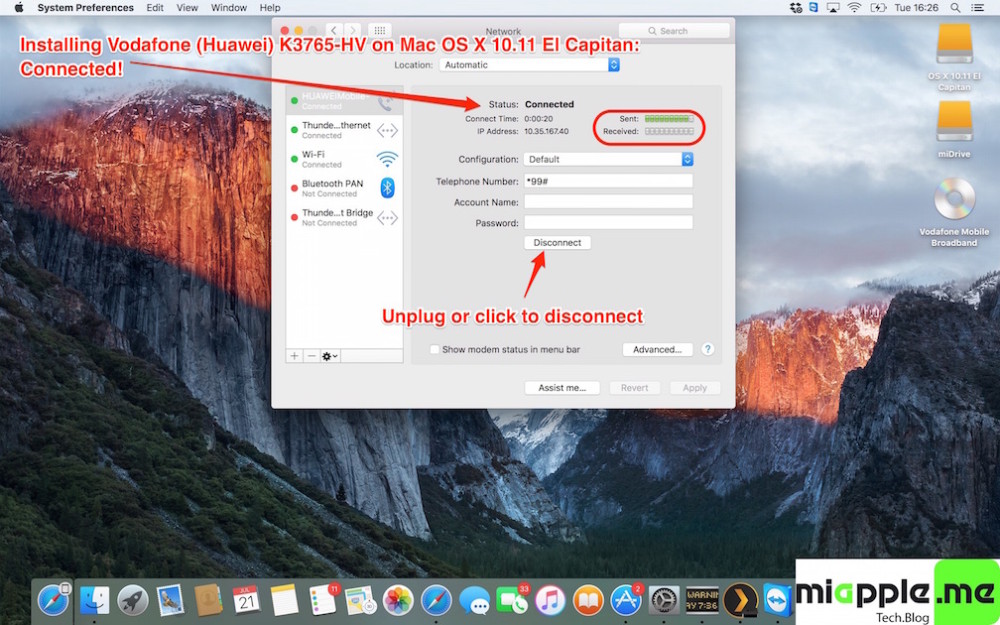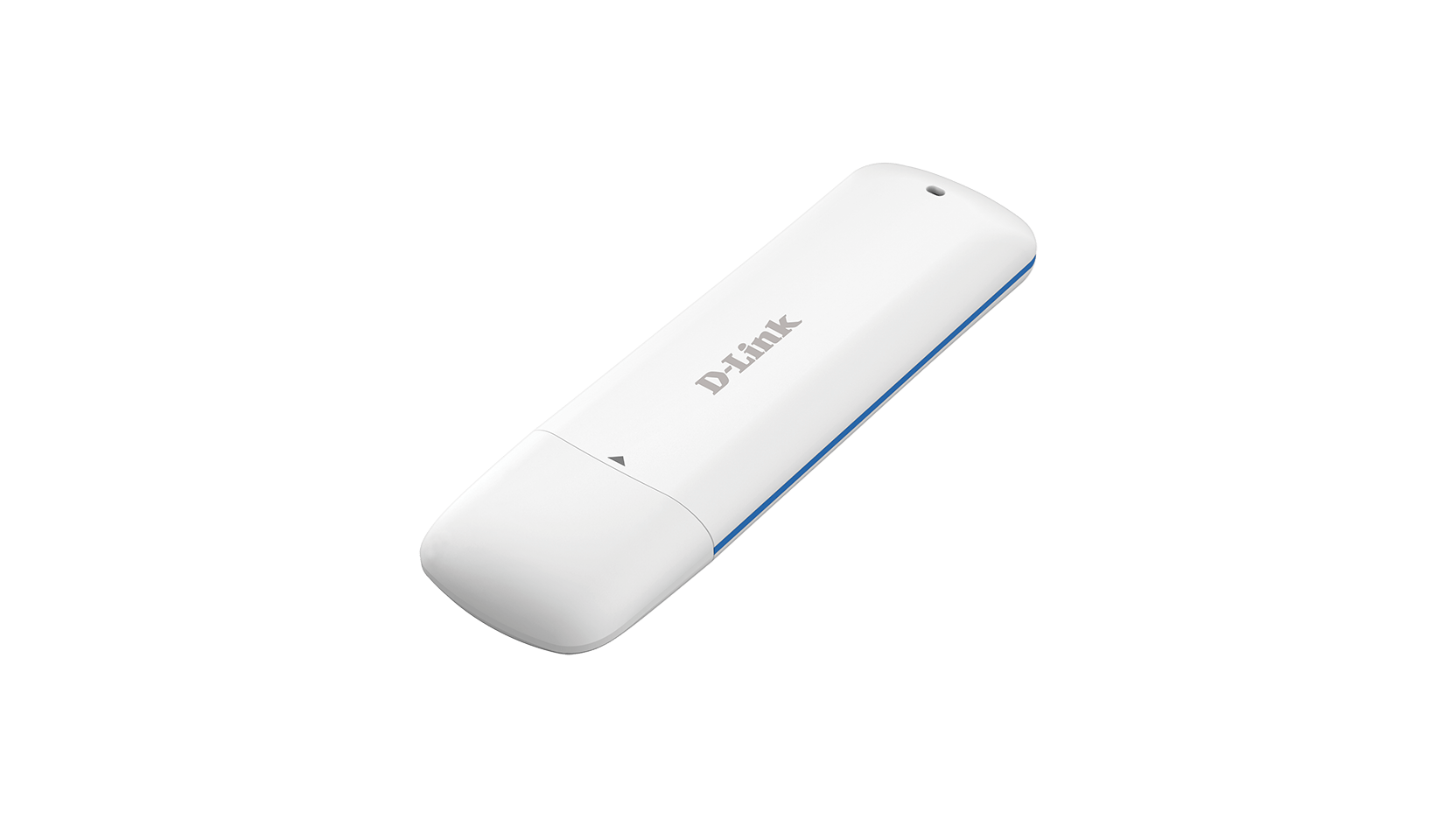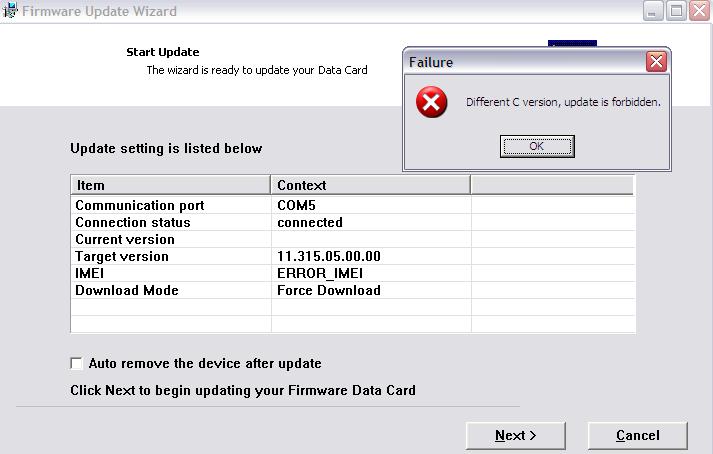- The package provides the installation files for HP USB Composite Device Driver version 1.0.1.24. In order to manually update your driver, follow the steps below (the next steps): 1. Go to Device Manager (right click on My Computer, choose Manage and then find Device Manager in the left panel) 2.
- Select Update Driver. If Windows doesn't find a new driver, you can try looking for one on the device manufacturer's website and follow their instructions. Reinstall the device driver. In the search box on the taskbar, enter device manager, then select Device Manager. Right-click (or press and hold) the name of the device, and select Uninstall.
- November 27, 2020 5.0.1
Device Driver for all 33U, 37U, 38U series, polarization USB cameras and the DFG/HDMI converter.
Version
5.0.1
Released
November 27, 2020
Type
EXE
Filesize
7.5MB
Requirements
- Intel Core i3 or similar, 2 GB RAM
- USB 3.0 controller
- Graphics card with 24 or 32 bit
- Windows 7 (32 & 64 bit), Windows 8 (32 & 64 bit), Windows 10 (32 & 64 bit)
- DirectX 9.0c or higher
Changelog
- Added support for DFG/HDMI converter.
- Added support for Windows 10 Device-Guard.
- February 24, 2020 4.9.0
Device Driver for all 33U, 37U, 38U series, polarization USB cameras and the DFG/HDMI converter.
Version
4.9.0
Released
February 24, 2020
Type
EXE
Filesize
7.4MB
Requirements
- Intel Core i3 or similar, 2 GB RAM
- USB 3.0 controller
- Graphics card with 24 or 32 bit
- Windows 7 (32 & 64 bit), Windows 8 (32 & 64 bit), Windows 10 (32 & 64 bit)
- DirectX 9.0c or higher
Changelog
- Fixed Gamma not working.
- Fixed Polarization formats PPB1 320x240 creating an error on some CPUs.
- January 31, 2020 4.8.0
Device Driver for all 33U, 37U, 38U series, polarization USB cameras and the DFG/HDMI converter.
Version
4.8.0
Released
January 31, 2020
Type
EXE
Filesize
7.4MB
Requirements
- Intel Core i3 or similar, 2 GB RAM
- USB 3.0 controller
- Graphics card with 24 or 32 bit
- Windows 7 (32 & 64 bit), Windows 8 (32 & 64 bit), Windows 10 (32 & 64 bit)
- DirectX 9.0c or higher
Changelog
- Updated driver's FilterPackage to version with fix for saved Y800 image images being flipped
- Fixed Tonemapping not working after switching from YUY2 to RGB64 video format.
- November 8, 2019 4.7.0
Device Driver for all 33U, 37U, 38U series, polarization USB cameras and the DFG/HDMI converter.
Version
4.7.0
Released
November 8, 2019
Type
EXE
Filesize
7.4MB
Requirements
- Intel Core i3 or similar, 2 GB RAM
- USB 3.0 controller
- Graphics card with 24 or 32 bit
- Windows 7 (32 & 64 bit), Windows 8 (32 & 64 bit), Windows 10 (32 & 64 bit)
- DirectX 9.0c or higher
Changelog
- Added support for polarization cameras.
- Fixed error on umcompressed Y800 AVI Capture.
- August 22, 2019 4.6.2
Device Driver for all 33U, 37U, 38U series, polarization USB cameras and the DFG/HDMI converter.
Version
4.6.2
Released
August 22, 2019
Type
EXE
Filesize
6.2MB
Requirements
- Intel Core i3 or similar, 2 GB RAM
- USB 3.0 controller
- Graphics card with 24 or 32 bit
- Windows 7 (32 & 64 bit), Windows 8 (32 & 64 bit), Windows 10 (32 & 64 bit)
- DirectX 9.0c or higher
Changelog
- Fully reworked image transfer pipeline.
- December 4, 2018 4.5.0
Device Driver for all 33U, 37U, 38U series, polarization USB cameras and the DFG/HDMI converter.
Version
4.5.0
Released
December 4, 2018
Type
EXE
Filesize
6.2MB
Requirements
- Intel Core i3 or similar, 2 GB RAM
- USB 3.0 controller
- Graphics card with 24 or 32 bit
- Windows 7 (32 & 64 bit), Windows 8 (32 & 64 bit), Windows 10 (32 & 64 bit)
- DirectX 9.0c or higher
Changelog
- General bugfixes.
- November 14, 2018 4.4.0
Device Driver for all 33U, 37U, 38U series, polarization USB cameras and the DFG/HDMI converter.
Version
4.4.0
Released
November 14, 2018
Type
EXE
Filesize
6.2MB
Requirements
- Intel Core i3 or similar, 2 GB RAM
- USB 3.0 controller
- Graphics card with 24 or 32 bit
- Windows 7 (32 & 64 bit), Windows 8 (32 & 64 bit), Windows 10 (32 & 64 bit)
- DirectX 9.0c or higher
Changelog
- Changed the way Directshow time stamps are generated.
- Fixed force_avg_time_per_frame not fully working for all programs.
- September 13, 2018 4.3.0
Device Driver for all 33U, 37U, 38U series, polarization USB cameras and the DFG/HDMI converter.
Version
4.3.0
Released
September 13, 2018
Type
EXE
Filesize
6.1MB
Requirements
- Intel Core i3 or similar, 2 GB RAM
- USB 3.0 controller
- Graphics card with 24 or 32 bit
- Windows 7 (32 & 64 bit), Windows 8 (32 & 64 bit), Windows 10 (32 & 64 bit)
- DirectX 9.0c or higher
Changelog
- Added tone mapping for 8 bit video formats.
- Fixed Gamma and Saturation saving issue, e.g. Saturation being 0.
- Fixed an issue with respect to ffmpeg.
- Fixed hibernate and suspend behavior.
- January 22, 2018 4.2.0
Device Driver for all 33U, 37U, 38U series, polarization USB cameras and the DFG/HDMI converter.
Version
4.2.0
Released
January 22, 2018
Type
EXE
Filesize
6.1MB
Requirements
- Intel Core i3 or similar, 2 GB RAM
- USB 3.0 controller
- Graphics card with 24 or 32 bit
- Windows 7 (32 & 64 bit), Windows 8 (32 & 64 bit), Windows 10 (32 & 64 bit)
- DirectX 9.0c or higher
Changelog
- Added Directshow driver property pages for several 33U properties.
- Fixed Contrast on YUY2/Y411
- Improved performance of Tonemapping
- Fixed very rare Bluescreen
- October 17, 2017 4.1.0
Device Driver for all 33U, 37U, 38U series, polarization USB cameras and the DFG/HDMI converter.
Version
4.1.0
Released
October 17, 2017
Type
EXE
Filesize
5.8MB
Requirements
- Intel Core i3 or similar, 2 GB RAM
- USB 3.0 controller
- Graphics card with 24 or 32 bit
- Windows 7 (32 & 64 bit), Windows 8 (32 & 64 bit), Windows 10 (32 & 64 bit)
- DirectX 9.0c or higher
Changelog
- Added support for 38U cameras.
- Faster Pause/Continue.
- Fixed some stability problems.
- July 5, 2017 4.0.6
Device Driver for all 33U, 37U, 38U series, polarization USB cameras and the DFG/HDMI converter.
Version
4.0.6
Released
July 5, 2017
Type
EXE
Filesize
5.9MB
Requirements
- Intel Core i3 or similar, 2 GB RAM
- USB 3.0 controller
- Graphics card with 24 or 32 bit
- Windows 7 (32 & 64 bit), Windows 8 (32 & 64 bit), Windows 10 (32 & 64 bit)
- DirectX 9.0c or higher
Changelog
- Fixed tone mapping for some camera models.
- May 2, 2017 4.0.4
Device Driver for all 33U, 37U, 38U series, polarization USB cameras and the DFG/HDMI converter.
Version
4.0.4
Released
May 2, 2017
Type
EXE
Filesize
6MB
Requirements
- Intel Core i3 or similar, 2 GB RAM
- USB 3.0 controller
- Graphics card with 24 or 32 bit
- Windows 7 (32 & 64 bit), Windows 8 (32 & 64 bit), Windows 10 (32 & 64 bit)
- DirectX 9.0c or higher
Changelog
- Fixed an OpenCV compatibility issue.
- Enabled DMK J003 pattern fix.
- February 21, 2017 4.0.2
Device Driver for all 33U, 37U, 38U series, polarization USB cameras and the DFG/HDMI converter.
Version
4.0.2
Released
February 21, 2017
Type
EXE
Filesize
5.8MB
Requirements
- Intel Core i3 or similar, 2 GB RAM
- USB 3.0 controller
- Graphics card with 24 or 32 bit
- Windows 7 (32 & 64 bit), Windows 8 (32 & 64 bit), Windows 10 (32 & 64 bit)
- DirectX 9.0c or higher
Changelog
- Removed unnecessary properties.
- February 9, 2017 4.0.1
Device Driver for all 33U, 37U, 38U series, polarization USB cameras and the DFG/HDMI converter.
Version
4.0.1
Released
February 9, 2017
Type
EXE
Filesize
5.8MB
Requirements
- Intel Core i3 or similar, 2 GB RAM
- USB 3.0 controller
- Graphics card with 24 or 32 bit
- Windows 7 (32 & 64 bit), Windows 8 (32 & 64 bit), Windows 10 (32 & 64 bit)
- DirectX 9.0c or higher
Changelog
- Complete redesign of driver architecture.
- Signature corrected for Windows 10 AU.
- Enhanced Tone Mapping.
- August 8, 2016 3.1.0
Device Driver for all 33U, 37U, 38U series, polarization USB cameras and the DFG/HDMI converter.
Version
3.1.0
Released
August 8, 2016
Type
ZIP
Filesize
2.4MB
Requirements
- Intel Core i3 or similar, 2 GB RAM
- USB 3.0 controller
- Graphics card with 24 or 32 bit
- Windows 7 (32 & 64 bit), Windows 8 (32 & 64 bit), Windows 10 (32 & 64 bit)
- DirectX 9.0c or higher
Changelog
- First release
When you plug the device into your USB, Windows will look for the associated driver, if it cannot find this driver then you will be prompted to insert the driver disc that came with your device. Common USB Device errors are ‘ usb port not working ‘, ‘device descriptor request failed error’ or ‘bugcodeusbdriver.
-->Versions supported
- Windows 10
- Windows 8.1
Applies to
- Device manufacturers of CDC Control devices
Microsoft-provided in-box driver (Usbser.sys) for your Communications and CDC Control device.
In Windows 10, the driver has been rewritten by using the Kernel-Mode Driver Framework that improves the overall stability of the driver.
- Improved PnP and power management by the driver (such as, handling surprise removal).
- Added power management features such as USB Selective Suspend.

In addition, UWP applications can now use the APIs provided by the new Windows.Devices.SerialCommunication namespace that allow apps to talk to these devices.
Usbser.sys installation
Load the Microsoft-provided in-box driver (Usbser.sys) for your Communications and CDC Control device.
Note
If you trying to install a USB device class driver included in Windows, you do not need to download the driver. They are installed automatically. If they are not installed automatically, contact the device manufacturer. For the list of USB device class driver included in Windows, see USB device class drivers included in Windows.
Windows 10
In Windows 10, a new INF, Usbser.inf, has been added to %Systemroot%Inf that loads Usbser.sys as the function device object (FDO) in the device stack. If your device belongs to the Communications and CDC Control device class, Usbser.sys is loaded automatically.You do not need to write your own INF to reference the driver. The driver is loaded based on a compatible ID match similar to other USB device class drivers included in Windows.
USBClass_02
USBClass_02&SubClass_02
- If you want to load Usbser.sys automatically, set the class code to 02 and subclass code to 02 in the Device Descriptor. For more information, see USB communications device class. With this approach, you are not required to distribute INF files for your device because the system uses Usbser.inf.
- If your device specifies class code 02 but a subclass code value other than 02, Usbser.sys does not load automatically. Pnp Manager tries to find a driver. If a suitable driver is not found, the device might not have a driver loaded. In this case, you might have to load your own driver or write an INF that references another in-box driver.
- If your device specifies class and subclass codes to 02, and you want to load another driver instead of Usbser.sys, you have to write an INF that specifies the hardware ID of the device and the driver to install. For examples, look through the INF files included with sample drivers and find devices similar to your device. For information about INF sections, see Overview of INF Files.
Note
Microsoft encourages you to use in-box drivers whenever possible. On mobile editions of Windows, such as Windows 10 Mobile, only drivers that are part of the operating system are loaded. Unlike desktop editions, it is not possible to load a driver through an external driver package. With the new in-box INF, Usbser.sys is automatically loaded if a USB-to-serial device is detected on the mobile device.
Windows 8.1 and earlier versions
In Windows 8.1 and earlier versions of the operating system, Usbser.sys is not automatically loaded when a USB-to-serial device is attached to a computer. To load the driver, you need to write an INF that references the modem INF (mdmcpq.inf) by using the Include directive. The directive is required for instantiating the service, copying inbox binaries, and registering a device interface GUID that applications require to find the device and talk to it. That INF specifies 'Usbser' as a lower filter driver in a device stack.

The INF also needs to specify the device setup class as Modem to use mdmcpq.inf. Under the [Version] section of the INF, specify the Modem and the device class GUID. for details, see System-Supplied Device Setup Classes.

3gstick Port Devices Driver Download For Windows
For more information, see this KB article.
Configure selective suspend for Usbser.sys
Starting in Windows 10, Usbser.sys supports USB Selective Suspend. It allows the attached USB-to-serial device to enter a low power state when not in use, while the system remains in the S0 state. When communication with the device resumes, the device can leave the Suspend state and resume Working state. The feature is disabled by default and can be enabled and configured by setting the IdleUsbSelectiveSuspendPolicy entry under this registry key:
To configure power management features of Usbser.sys, you can set IdleUsbSelectiveSuspendPolicy to:
3gstick Port Devices Driver Download For Windows 10
'0x00000001': Enters selective suspend when idle, that is, when there are no active data transfers to or from the device.
'0x00000000': Enters selective suspend only when there are no open handles to the device.
That entry can be added in one of two ways:
Write an INF that references the install INF and add the registry entry in the HW.AddReg section.
Describe the registry entry in an extended properties OS feature descriptor. Add a custom property section that sets the bPropertyName field to a Unicode string, 'IdleUsbSelectiveSuspendPolicy' and wPropertyNameLength to 62 bytes. Set the bPropertyData field to '0x00000001' or '0x00000000'. The property values are stored as little-endian 32-bit integers.
For more information, see Microsoft OS Descriptors.
Develop Windows applications for a USB CDC device
3gstick Port Devices Driver Download For Windows 8.1
If you install Usbser.sys for the USB CDC device, here are the application programming model options:
Starting in Windows 10, a Windows app can send requests to Usbser.sys by using the Windows.Devices.SerialCommunication namespace. It defines Windows Runtime classes that can use to communicate with a USB CDC device through a serial port or some abstraction of a serial port. The classes provide functionality to discover such serial device, read and write data, and control serial-specific properties for flow control, such as setting baud rate, signal states.
In Windows 8.1 and earlier versions, you can write a Windows desktop application that opens a virtual COM port and communicates with the device. For more information, see:
Win32 programming model:
.NET framework programming model:
3gstick Port Devices Driver Download For Windows 7
Related topics
